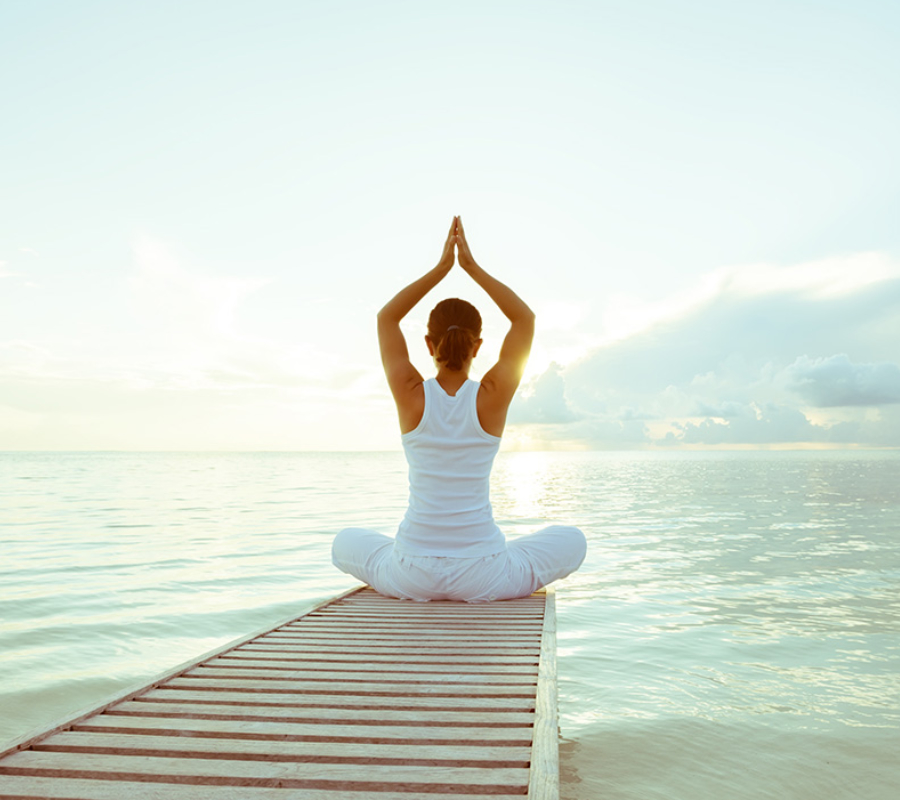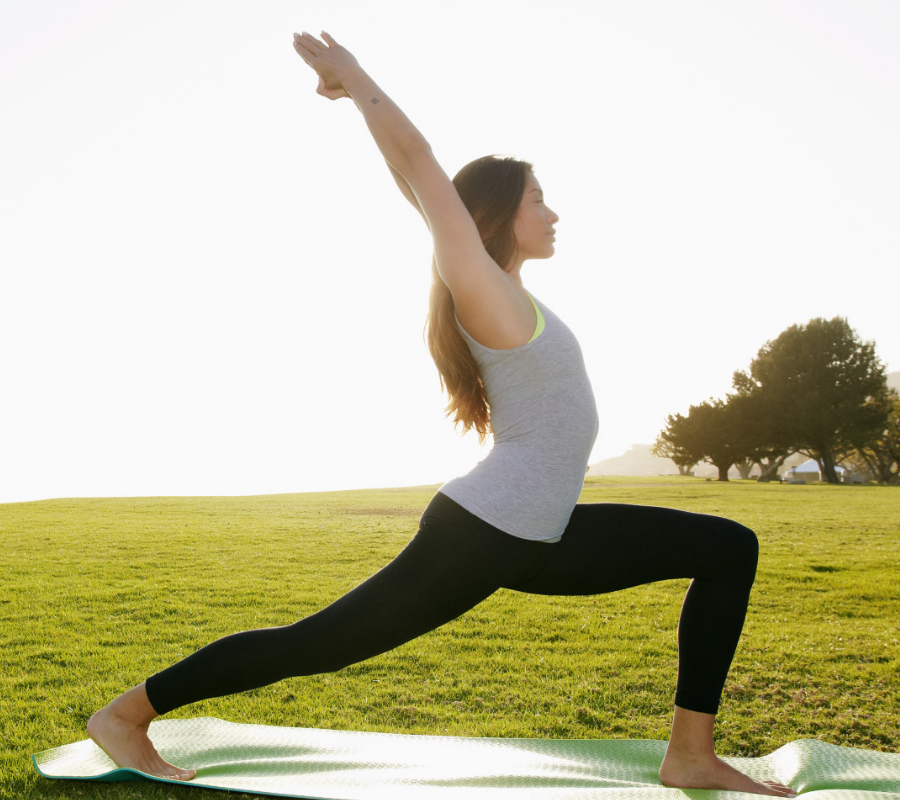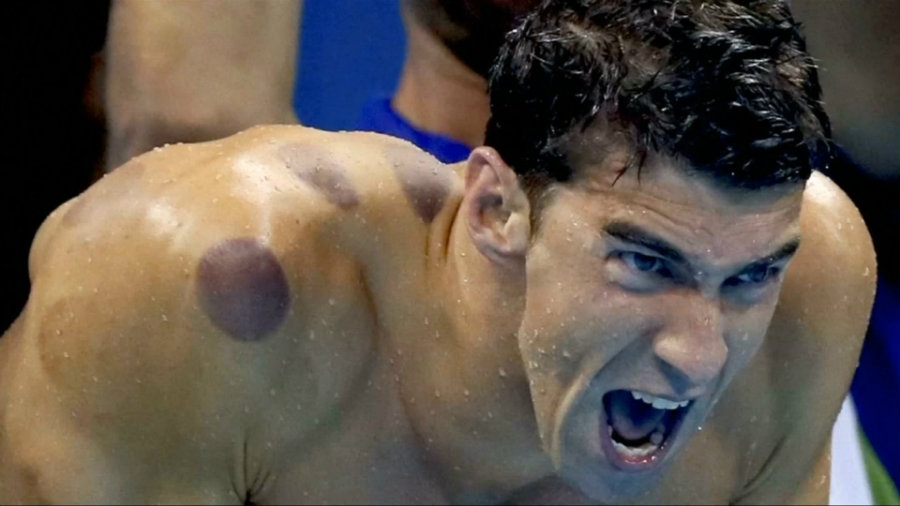Practicing yoga and performing other non-medial procedures can help patients that suffer from lower back pain, headaches, and arthritic knees, according to a recent study carried out by Mayo Clinic health experts.
A team of health researchers from the National Center for Complementary and Integrative Health developed a study regarding patients that suffered from chronic pain and the results they obtained after practicing yoga, tai chi, acupuncture and other methods to relief their condition.

The study led by Ph.D., Richard L. Nahin and published in the Mayo Clinic Proceedings concluded that these non-medical procedures helped relieve people’s pains, as well, as relieve the stress that came with it.
According to the study, over 100 million American adults experience chronic pain for more than 12 weeks, of which 40 million have severe chronic pain in their lifetime. The latter often seek different methods to relieve pain.
Even though chronic pain affects millions of Americans every year, it continues to be one of the most misunderstood health conditions. According to a survey made by the American Academy of Pain Medicine, only 58 percent of chronic pain patients benefit from painkillers and prescription drugs.
In the search for more efficient methods for chronic pain patients and to offer more options to physicians and primary care providers, Nahin, and his team studied over 150 randomized studies to understand the benefits of yoga in patients.
“For many Americans who suffer from chronic pain, medications may not completely relieve pain and can produce unwanted side effects. As a result, many people turn to nondrug approaches to help manage their pain,” said lead author Richard Nahin.
Yoga as a pain reliever
Yoga is known as a mix of different spiritual, physical and mental practices that started thousands of years ago in India, around six centuries ago, with various types of methods and approaches.
However, modernity has made yoga a form of lifestyle. In the last decade, thousands of people have started to practice it to remain healthy and as a way of relaxation.

According to a study held by the Yoga Journal and Yoga Alliance, as of January 2016, the number of yoga practitioners in the country had increased from 20.4 million in 2012 to 36 million.
The American Yoga Association ensures that the sport’s techniques are more than helpful for people suffering from chronic pain, in fact, one the primary purposes of the practice is to help the mind cope and control discomfort and pain for a bigger purpose, such as mindfulness and living a fuller life.
Nahin and his research team informed that Americans spent over $30 billion in a year to try non-medical health approaches that included yoga and acupuncture as a way to relieve their pain.
Thanks to the MEDLINE database, the team studied over 150 clinical trials containing data of Americans suffering from chronic pain and that attended non-medical procedures over the past 50 years.
The team divided the findings into effective treatments and non-effective treatments; a method was considered as positive for patients when it relieved pain and improved performance and functions over another group of patients.
Researchers concluded that practicing yoga helped people suffering from chronic back pain, as well as acupuncture and tai chi helped patients with osteoarthritis on their knees.
Messages as therapy helped patients with chronic neck pain and relaxation techniques that included yoga and meditation helped people with migraine and severe headaches.
The research also shows an amount of different options that patients can choose from before embarking on opioids and pain killers, in particular with the on-going crisis in the country regarding those medications.
“These data can equip providers and patients with the information they need to have informed conversations regarding nondrug approaches for treatment of specific pain conditions,” said David Shurtleff, who is the deputy director of the NCCIH.
Other resources
Over the past months, especially after the 2016 Olympics, a method called “cupping therapy” has become very popular and talked about. This technique leaves circular bruises on the skin, which Michael Phelps proved to like.
The method consists of several circular cups, put on top of the skin as it sucks it in as if it were a vacuum cleaner. It is said that cupping therapy helps with blood flow, pain, inflammation, and relaxation.

The cups are commonly made of glass, but sometimes practitioners use cups made out of bamboo, earthenware, and silicone. This method actually dates back to 1,550 B.C, and it is said that ancient Egyptians and cultures from the middle east used it.
The “suction” made by the cups works by using the recipients with flammable substances that can go from alcohol or paper and set them on fire to create pressure before putting the cup in the skin.
Cupping was very used by athletes in the Rio 2016 Olympics to help them with pain and blood flow.
Source: Mayo Clinic
